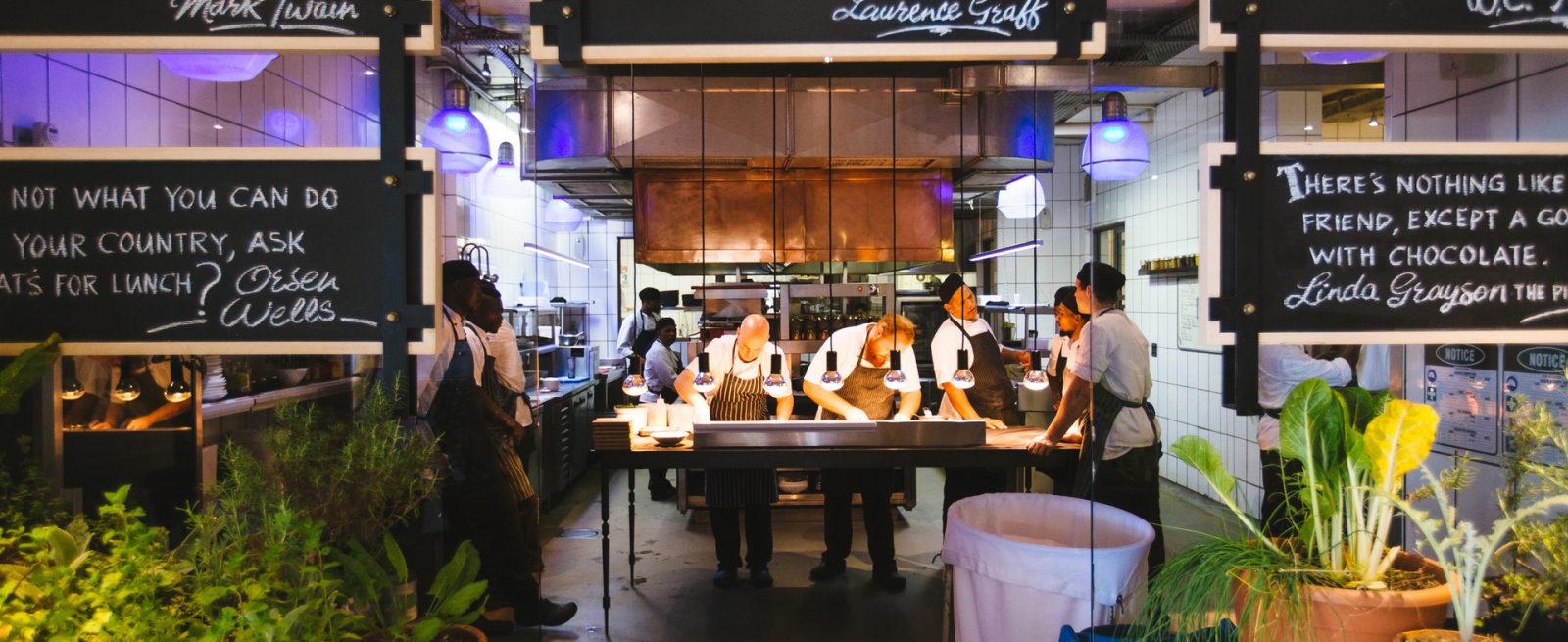Seven for ’17: Key Business Issues Impacting the Restaurant Industry this Year
4 Min Read By Gary Levy
As we’re in the first quarter of 2017 ushering in a new president and administration, the restaurant industry continues to face a number of challenges driven by legislation as well as marketplace dynamics. Here are seven issues that we believe rise to the top in their potential impact on the industry
Wages and Benefits
A rise in the minimum wage affects many businesses, including restaurants. In addition, the new administration in Washington has also vowed to significantly change – or eliminate – the Affordable Care Act. The changes to the minimum wage are clear. Not so for the Affordable Care Act.
Changes to the minimum wage are being implemented at state level including changes to the tip credit. Currently, 33 states have adopted minimum wages for tipped employees that compensate employees at a rate other than required under the federal Fair Labor Standards Act.
Restaurant owners are likely to respond to increasing labor costs by implementing cost reduction measures designed to maintain margin with little or no impact on the guest experience. Quick Service and Fast Casual concepts may expand their dependence on automation while other segments of the industry explore a no tipping/surcharge model. Those restaurants with an intimate knowledge of their financial metrics will be in a better position to adjust to increasing labor costs. For details on minimum wages for tipped employees in every state, visit the United States Department of Labor’s website.
Competitive Differentiation
Amid increased competition and decreased traffic, restaurateurs will be pressed to differentiate or fade away. Restaurant industry analysts aren’t enthusiastic about same store sales yet the restaurant industry has become increasing popular with the investment community. As a result of an increased number of investor-owned restaurant companies and their emphasis on driving growth, the restaurant community has expanded beyond what the market can support.
Due to decreasing commodity costs, the gap between eating at home and eating at a restaurant has widened and some consumers have just decided to reduce their visits to their favorite restaurants.
Strong brands and differentiated concepts will carry the day. Today’s restaurant landscape is littered with broken brands who are struggling to attract and retain guests. Management’s ability to infuse a culture of innovation throughout the entire organization will create differentiation and drive positive outcomes.
Geography
New restaurants will migrate to states that are less litigious and have fewer regulatory obstacles associated with opening and operating. States with increasing wrongful termination and workman’s compensation suits may also drive restaurants to new territories.
Because of these and other factors, the West Coast and Northeast regions of the United States may lose restaurant population. The South and Midwest regions may benefit.
Demographics
Strategies to engage with baby boomers and millennials will serve to increase revenue. This marks the first year that baby boomers will begin withdrawing money from their retirement accounts resulting in increased levels of disposable income for many. And even though the software applications may change, millennials will continue to explore and share restaurant experiences through social media. Locally sourced and sustainable concepts that creatively utilize healthy food products and cooking techniques will maintain their popularity.
But millennials aren’t the only group that researches restaurants before making a dining decision. They are teaching their baby boomer parents how to employ digital tools and social media, and those baby boomer parents are catching on. Your social presence has never been more directly connected to your bottom line. Millennials and boomers like to photograph and post beautiful, delicious food while sharing and recommending interesting places.
Online Ordering
With more Americans opting to eat at home, and as third-party delivery services expand and improve, restaurants may expand their online presence while dialing back their brick and mortar locations. Most of the larger chains have already ramped-up their online capabilities and the independents may not be far behind.
Whether large or small, once a restaurant builds a strong relationship with a critical mass of guests, they increase the likelihood of success online. Guests who enjoy their dining-in experience are most likely to augment that experience by ordering on-line and having their order home-delivered. Restaurants that use technology to help guests order, pay, and deliver with the click of one button will gain popularity.
Leasing and Location
Restaurants that choose to maintain or expand their brick and mortar footprint will need to become better negotiators, or be prepared to walk away from their current locations. The terms and conditions of leases that were signed 8 to 10 years ago, when the real estate market was struggling, were far more generous than they are today. With so many other costs chewing away at margins, the increased occupancy costs of renewing a lease may put some restaurants in the red.
Location is a critical component of any restaurant concept. But so is financial viability. Restaurants are well-advised to give themselves plenty of time (18 to 24 months before the end of their lease) to start discussions with their management team and their landlord.
Attracting and Keeping Quality Employees
Restaurants have long struggled with attracting and retaining quality employees. Beyond compensation, creating an environment where employees feel important, supported, cared for and part of the team will help to keep the right people in place. Investing resources into proper hiring, training, and evaluation will go a long way in building a great team.
You entrust your employees with your most valuable asset—your guests. Building creative compensation packages that motivate your employees to grow as your restaurant grows is a strategy that shows you care about them, your guests, and your brand.
With historically tight margins, the restaurant industry has always been a challenging environment for the newcomer as well as the established operator. Successful concepts are those that are flexible, relevant, and managed as efficiently as possible. These concepts elevate a brand and provide customers with a memorable, high-value experience.


